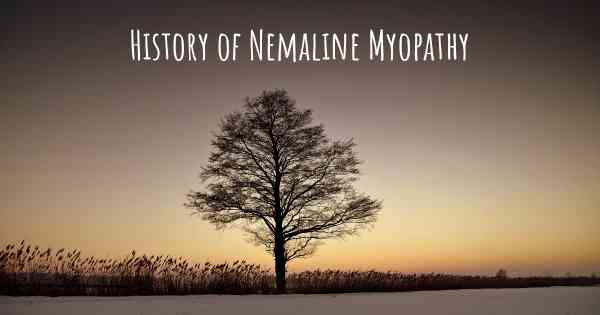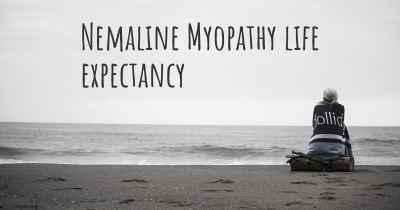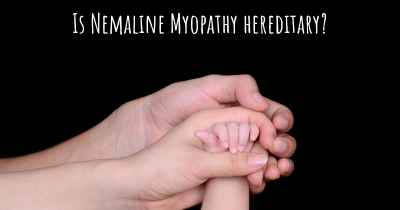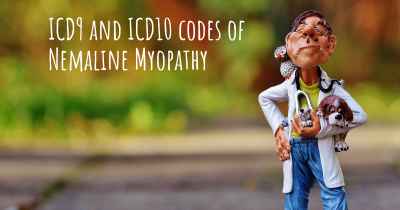What is the history of Nemaline Myopathy?
When was Nemaline Myopathy discovered? What is the story of this discovery? Was it coincidence or not?

Nemaline Myopathy: A Brief History
Nemaline myopathy is a rare genetic disorder that affects skeletal muscles, causing muscle weakness and impaired muscle function. It was first identified and described in medical literature in the mid-20th century. Let's delve into the history of this condition and the significant milestones in understanding and managing it.
Discovery and Early Observations
The term "nemaline" originates from the Greek word "nema," meaning thread-like. In 1963, Dr. J. A. Zinreich, a pathologist, first observed thread-like structures in muscle biopsies of patients with muscle weakness. These structures were later identified as nemaline bodies, which are rod-shaped or thread-like inclusions found within muscle fibers.
Classification and Subtypes
Over time, researchers recognized that nemaline myopathy is not a single disorder but a spectrum of related conditions. In the 1970s, Dr. Victor Dubowitz, a renowned pediatric neurologist, classified nemaline myopathy into several subtypes based on clinical and pathological features. This classification system helped in understanding the heterogeneity of the disorder and paved the way for further research.
Genetic Discoveries
During the 1990s, significant progress was made in unraveling the genetic basis of nemaline myopathy. Researchers identified mutations in various genes associated with the condition, including NEB, ACTA1, TPM2, TPM3, and others. These genes play crucial roles in muscle structure, function, and contraction. The identification of specific genetic mutations allowed for more accurate diagnosis and genetic counseling for affected individuals and their families.
Advancements in Diagnostic Techniques
Over the years, advancements in diagnostic techniques have greatly improved the ability to diagnose nemaline myopathy. Muscle biopsies, electromyography (EMG), and genetic testing are commonly used to confirm the diagnosis. The development of genetic testing methods, such as next-generation sequencing, has revolutionized the diagnostic process, enabling faster and more precise identification of genetic mutations.
Understanding Disease Mechanisms
Researchers have made significant strides in understanding the underlying mechanisms of nemaline myopathy. Studies have revealed that nemaline bodies result from the abnormal aggregation of proteins within muscle fibers. These protein aggregates disrupt muscle function, leading to muscle weakness and impaired muscle contraction. Understanding these disease mechanisms has opened up avenues for potential therapeutic interventions.
Emerging Therapies and Treatment Approaches
While there is currently no cure for nemaline myopathy, various treatment approaches aim to manage symptoms and improve quality of life. Physical therapy, occupational therapy, and respiratory support are commonly employed to address muscle weakness and respiratory complications. Ongoing research is exploring potential therapeutic strategies, including gene therapy, exon skipping, and small molecule interventions, to target the underlying genetic defects and restore muscle function.
Support and Advocacy
Support organizations and advocacy groups have played a crucial role in raising awareness about nemaline myopathy and supporting affected individuals and their families. These organizations provide resources, support networks, and funding for research, contributing to the advancement of knowledge and the development of improved care strategies.
Conclusion
Nemaline myopathy has come a long way since its initial discovery. From the identification of nemaline bodies to the classification of subtypes and the unraveling of genetic mutations, significant progress has been made in understanding this complex disorder. Ongoing research and advancements in diagnostic techniques offer hope for improved diagnosis, management, and potential future therapies. With continued efforts, the medical community strives to enhance the lives of individuals affected by nemaline myopathy.
Posted Aug 29, 2017 by Mary Jo Draisma 2100








